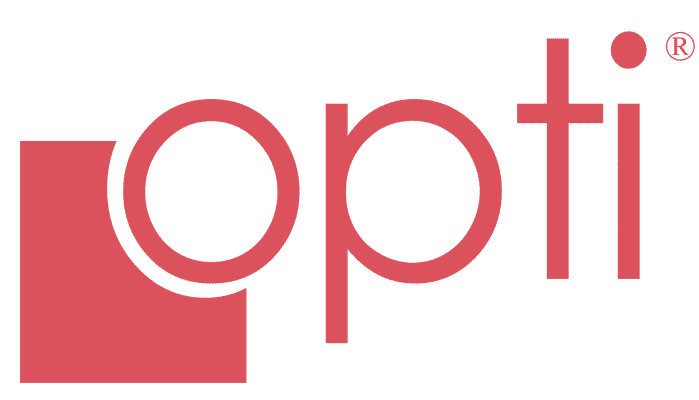STAFFING RESOURCE CENTER
The best strategies and practices for your organization.
Resources For You
Executive Learning Should Be at the Top of Your Agenda. Here's Why.
Being a great leader isn't only having deep skills in a specialized area.
Success on the highest levels means examining data from disparate sources, using that information to create an actionable strategy for a team, analyzing the results of the strategy, and then making changes to improve performance.
Simply put, being good at leading means being good at learning.
In uncertain times like these, learning is crucial. Past business patterns became useless during the pandemic. The traditional office setting went out the window. The rapid adoption of new technology became essential to success, and soft skills like interpersonal communication, conflict resolution, and emotional intelligence took center stage in the remote-work world.
Leaders were expected to figure out a new direction and then motivate and inspire others to take heart and forge ahead. That's a lot to expect, even from the most outstanding leaders.
Why should organizations prioritize executive learning?
Because a violin virtuoso keeps practicing. A prima ballerina stays on her toes. A quarterback throws pass after pass. And an executive should continue developing leadership skills. There's always room for growth, trying new methods, and practicing.
Executive learning has vital business and career benefits:
- Better soft skills. Good interpersonal skills are critical to getting the most out of your team.
- More engaged employees. Prioritizing learning can show employees that you "practice what you preach" and lead to better engagement.
- More opportunity. Organizations that focus on learning innovate better and pivot faster when the business environment changes.
Too often, corporate learning is pushed aside in favor of doing "actual work." However, turning a blind eye to continuing education for leaders can hold organizations back from success. During the pandemic, education underwent an upheaval, and new learning models emerged that made it easier than ever for busy executives to engage in learning. These modalities include:
- An ever-widening array of online courses.
- Immersive live streaming.
- Hybrid classrooms that allow remote and in-person students to interact seamlessly.
- Holographic classrooms.
- Geographic pods in which students in the same geographic area can stream content together.
Business schools are developing engaging, interactive classes to capture interest -- and business -- in the changing educational marketplace. But even with so many options available, executive education requires buy-in from an organization before it gains acceptance. How can an organization prioritize education to support its leaders in today's environment?
- Create an executive learning plan that aligns with corporate goals and initiatives.
- Build a core competency framework that outlines clear career steps and expectations within the organization.
- Allocate for training in the budget.
- Build incentives for achieving competencies into the compensation plan for leadership roles.
Following these steps builds executive education into the framework of an organization instead of being an afterthought or good idea. An organization should support the success of all employees to foster the ability to learn, innovate, and carry the business into the future.
